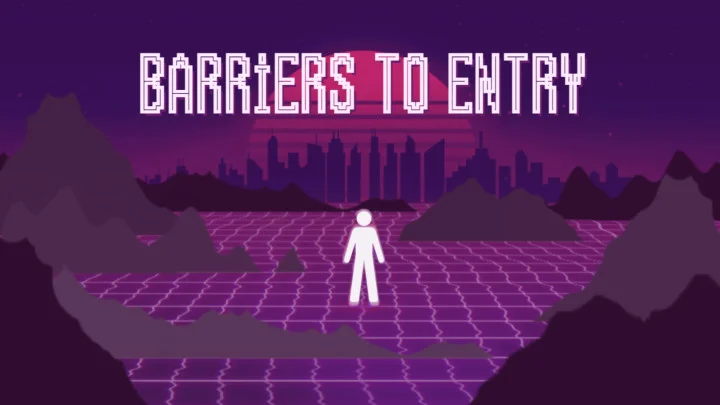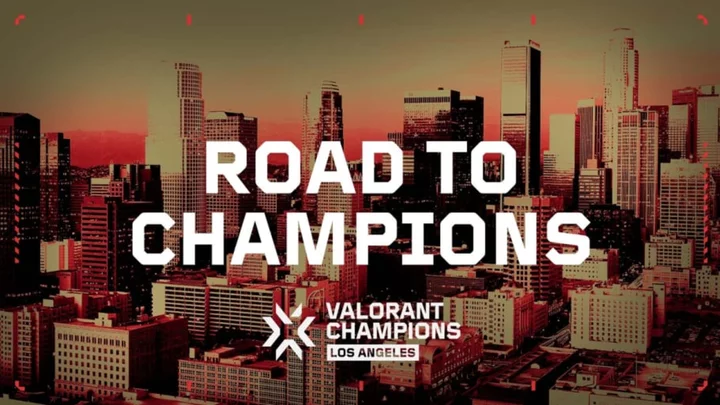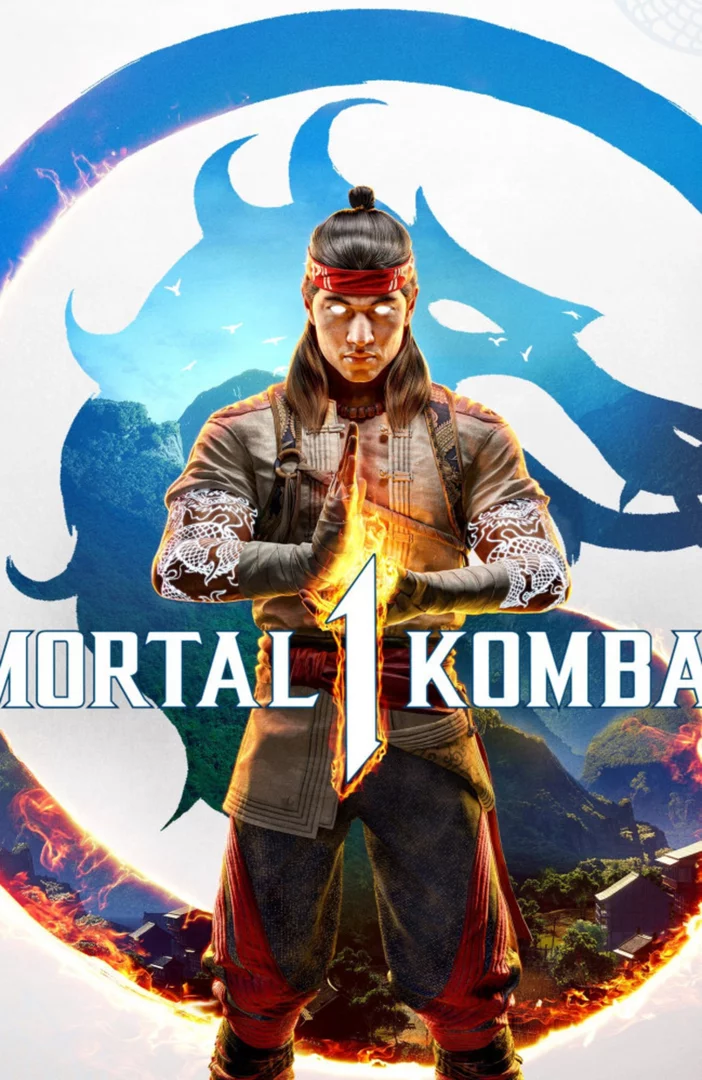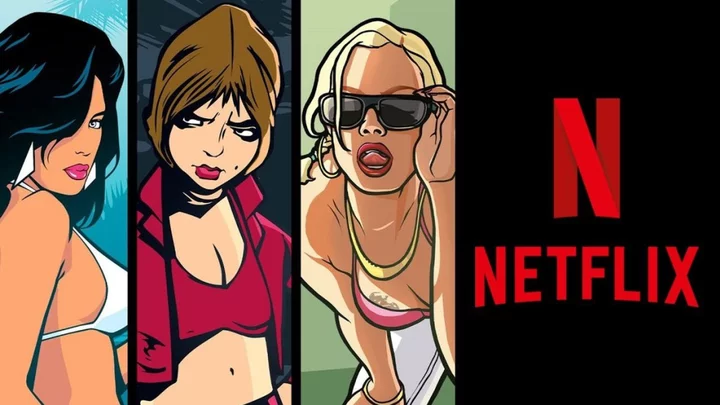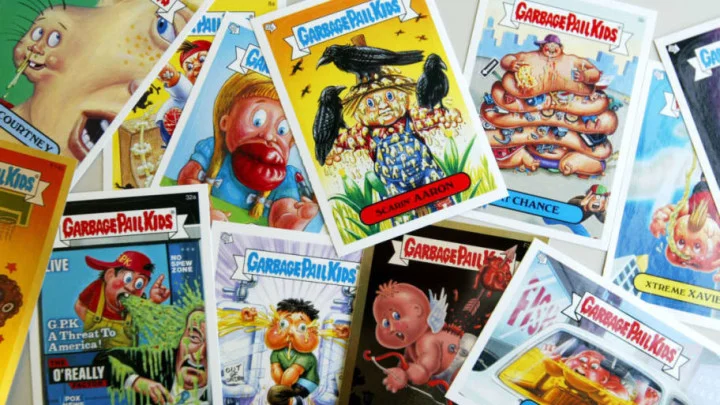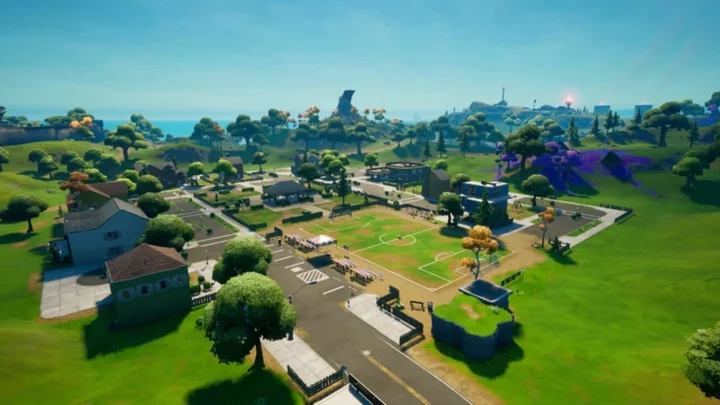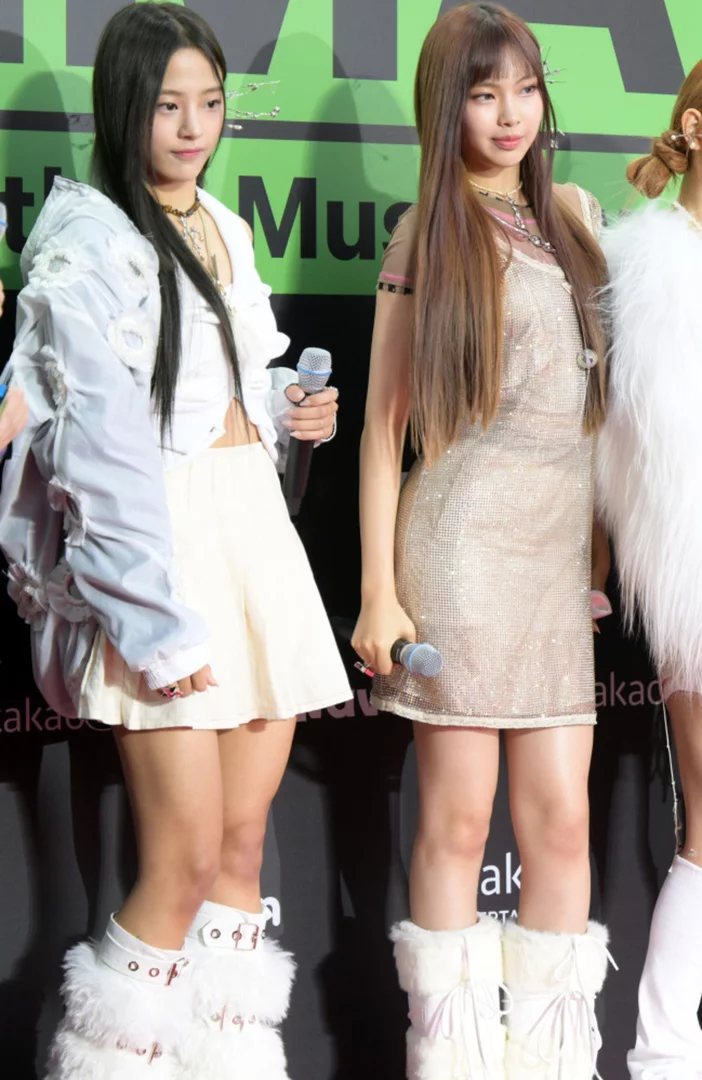When I was 7-years-old, in 2005 or so, my family and I took a trip to one of the popular theme parks in Orlando, Florida. The hotel we stayed at had evening "club-style" childcare for parents who wanted to go enjoy the parks after sunset. Truthfully, I donât remember much of the trip that took place outside the resort. But what I do remember â and vividly â is the abundance of video games and consoles available in the kidsâ club.
I hadnât been interested in video games all that much up until that point. I'm part of the generation that grew up alongside the tech boom in real time, and my primary hobbies took place almost entirely outside. The only games I had ever played before this were educational, like Putt-Putt the purple car on my grandmotherâs massive white Gateway desktop.
I can still see the club's layout clearly in my mindâs eye â coming in and looking to the right to spot a row of PlayStations and Xboxes with monitors lined up against the far wall. This was the first time I had ever seen a real video game console in the flesh and, unsurprisingly, I was rooted to one of the chairs for most of the night.
It being an entertainment center for kids, the only games available were adaptations of popular animated films. Fortunately, at that time, I had become obsessed with Disneyâs "The Lion King," so I naturally gravitated toward the shimmering title screen of The Lion King: Simba's Mighty Adventure. Even now, I can see the angular, low-poly model of cub Simba rolling along the increasingly narrow ascending path to meet Mufasa atop Pride Rock. The cool colors of Timon and Pumbaaâs lagoon are still visible in my mindâs eye â as is the fiery glow of the boss battle with Scar.
I wonât pretend I was some gaming prodigy. At 7 years old, having never held a controller before, I became well acquainted with the "Game Over" screen and the ethnically ambiguous chanting that accompanied it. The only things keeping me in that seat were just how much I loved everything lion, and the pure spite that only comes from telling a child they can't do something. Needless to say, it had taken a lot of effort to reach Scar at all.
It was at that point, however, that a boy a few years older than me took the controller away, insisting he could play it better than I could. After some back and forth not entirely unaffected by my being 7-years-old and not knowing any better, I gave up, and my career as a young console gamer came to an unceremonious end.
Before my Dad dropped me off the next night, he leaned down to me and said, "Donât let anybody bully you away from the games, okay? I donât want to hear about some little boy taking the controller away from you."
It wasnât until years later that I realized his request was easier said than done â and not just for me. Women, girls and other non-masculine aligned individuals have been shepherded away from the world of gaming and geekdom for decades. These were considered boys' domains that desperately needed guarding against the destructive force of a 7-year-old girl discovering consoles for the first time.
Growing Up a "Gamer Girl"
It isnât always in your face, either. In fact, itâs often quite the opposite, existing in an insidious implicit bias that serves only to politely reinforce the âintrinsicâ gender roles that so often lock women out from these spaces â a guiding fist ushering you from the room with an ever so condescending, "Oh, no, sweetie. Those are for boys. Wouldnât you rather play with the glittery magic wand?"
Whether my family and I noticed or not, as my brother came of age, video games became his thing. Where I had been given sticker books and craft kits, he was a frequent flyer at the local chain game store. To this day, he has constructed a video game library that dwarfs mine, across more consoles than I've ever owned, despite games being the bedrock of my career.
I donât blame anyone for this, of course, and my parents never actively discouraged my gaming. The problem was simply that no one in our family was interested in video games before my brother and I, and all the marketing was obnoxiously male-centric. Video games were violent and full of dark colors, sharp edges, "boy hobbies" like Madden and WWE. I was never told "no" when I asked to play something or buy a title â but I always had to ask, and those requests were few and far between.
Why? Well, for the same reason McDonaldâs ran "boy toys" and "girl toys." Frequenting a video game store simply wasnât done without a best friend, boyfriend or brother.
Despite what that may suggest, I wouldnât describe my relationship with gaming as contentious. In fact, I was rather lucky. Growing up with almost exclusively male friends, I was given adjacent entries into gaming and fandoms â with caveats. The closest I can liken this to is an eternal "Player Two" syndrome but with deeper consequences than always playing Tails or always getting the controller with the joystick rubber chewed off.
It was my friends who brought over the original LEGO Star Wars for the GameCube, meaning I had to have the corresponding consoles in my home. I collected multiplayer games such as Super Smash Bros. Melee to be able to play with them on the same level.
Meanwhile, the bulk of my games were bathed in pinks and purples â less Red Dead Redemption and more Barbie Horse Adventure. I did get an Xbox 360, but only to stock it with Guitar Hero III, Viva Piñata, and, eventually, The Elder Scrolls V: Skyrim.
This also carried over to handheld games, where I was able to start my Pokémon journey alongside my two best friends at the time on a transparent pink GameBoy Advance complete with Barbie Pet Vet and, poetically, The Lion King GBA adaptation.
Still â how could we have known? What else could our family expect when their only experience of my interest was when a male was present â especially when it came to media and marketing? Nintendo's landmark decision to lean toward the "blue" side of the spectrum following the gaming crash in the early '80s clearly underscored the fallacy that girls didnât like games. Who were we to argue?
Consequences Beyond the Crash
Despite the ever-consistent binary-gender ratio of women to male gamers that continued throughout the gaming crash and beyond, this concept of an overwhelmingly male-dominated digital space has persisted. Never mind the fact that "girl-centric" studios such as Purple Moon Media, founded by Dr. Brenda Laurel, had their titles sharing popular space with the Madden franchise in the years of their release.
This raises two questions: with the audience, market and demand wholly intact since the beginning, why has gaming continued to reject anyone who isnât male â and what could we have gained from combatting this early on?
The thought of just how many more development powerhouses like Bioshockâs Alyssa Finley and Uncharted creator Amy Hennig couldâve graced the industry is disheartening at best. Diving deeper, considering that industry staples like Valveâs Portal may never have seen the light of day without Kim Swift and the mechanics from her game, Narbacular Drop, clearly illustrates the importance and undercover prevalence of diversity in games.
These questions hit home harder than most. I was able to attend a game-development dedicated summer program between middle school and high school in which I was one of three girls on the roster. We didnât have much cause to speak; we werenât on the same tracks and the development work proved to be all-consuming of our time. However, it was impossible to ignore the gender disparity. Looking back, Iâve come to realize that being praised as "self-sufficient, even better than some of the guys" came with the invisible distinction often summed up as "for a girl."
What happened to the other women in the program? Did they attempt to study programming, like I did? Did they make it to game development? I didnât, but Iâve come pretty close. How many others can say the same?

